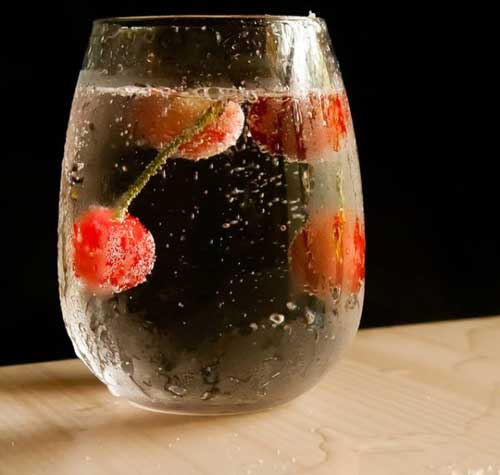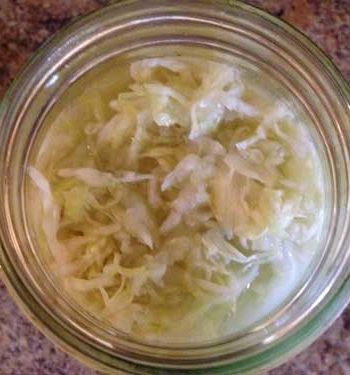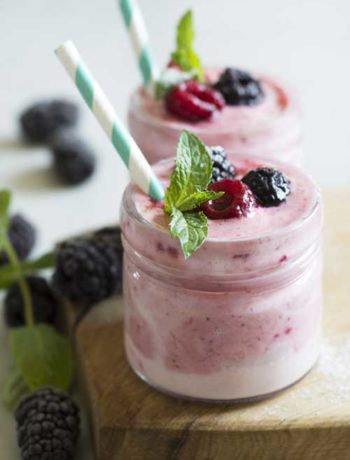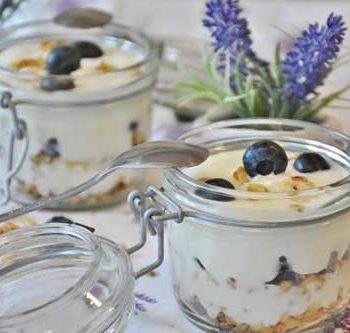This post contains affiliate links, which means I may earn some money if you click on one. Don't worry, there is no additional cost to you. Thank you for supporting my blog.
Soda addiction is very common. Though I am a recovering sugar addict, I have never been a fan of soda. But I know many people who have a soda addiction. I also know many parents who struggle to get their kids to drink something healthy or eat probiotic foods. Water kefir is a good alternative to juice and soda and it actually tastes good.
I was first introduced to water kefir around four years ago. I could not drink milk kefir at the time because I eliminated dairy from my diet. So I heard about this drink called water kefir. I ordered some “water kefir grains” online and starting making it myself.
It took me a few batches to get the “grains” to work. When I received the water kefir grains they were dehydrated, so I had to sort of bring them back to life. It took maybe 4-5 days. (The first two batches I discarded because they were not fizzy). Once I saw tiny bubbles in the brew, I knew the grains were fermenting the sugar. (That is an indicator I use to know if the fermenting process is occurring). The finished product tasted sort of like tea to me, (because I used Sucanat instead of plain sugar).
I did not try to second ferment right away because I was a little scared of the glass bottle exploding. (I was not sure how fast the pressure would build up inside the bottle). It really should not be a concern if you use a bottle designed to handle pressure, (such as a grolsch-style bottle or a mason jar). My other concern was I would forget about it, (I was a first time mom with post pregnancy brain and my mind was mush). If you let it go too long, you could have problems. So I waited until I was more familiar with the water kefir process before attempting a second ferment.
Why bother with the second ferment? There are two reasons I know of. First, it makes the drink more “fizzy”. Second, the longer ferment will use up more of the sugar.
You do use sugar to make the water kefir. I prefer to use non-gmo cane sugar when I make “cream soda”, and Sucanat to make water kefir that tastes more like a tea. (Honey supposedly does not work because of its’ antimicrobial properties, maple syrup “might” work, I have never tried it). You can also use brown sugar, Rapadura sugar, or coconut sugar. Rapadura and Sucanat brews ferment faster, (which can probably be attributed to the mineral content). Though there is sugar used in the process, it does get broken down during fermentation. Supposedly water kefir does not affect blood sugar levels, (I have read diabetics can drink Kefir and Kombucha, – Source). However, I am not sure how to ascertain how much sugar is left in the final product, and it is variable, (conditions like temperature and type of sugar used will make a difference). So if you are diabetic, I would not recommend that you try this. I only mention this because I think it is interesting. I actually tested the sugar in a batch of water kefir once and it was pretty high. But I do not think the test I used differentiated between sucrose and the simple sugars; fructose and glucose.
So basically, the kefir grains break down the sugar molecules into smaller components, which may not affect blood sugar levels.
Making water kefir is very easy. If you keep the process going, the “grains” will stay alive for a long time. The kefir “grains” I keep referring to are not actually grains. They are a type of SCOBY, (symbiotic colony of bacteria and yeast). They are translucent and sort of gelatinous looking. They are probiotic organisms, (aka the good bacteria and yeast). I am not sure what the CFU, (colony forming unit) is in a glass of water kefir. I don’t consider it a replacement for our probiotic supplements. But it IS a healthy alternative to soda or juice. It actually tastes good too, and you can flavor it to suit your personal taste.
If you are doing a Candida cleanse or the GAPS diet, I don’t think water kefir is a good choice for you, mostly because of the variability in the sugar that remains in the final product.
So here is how you make it, it’s actually very easy.
Water Kefir – Supplies
Water kefir grains
Non-chlorinated water (chlorine can harm the grains)
Sugar
Mason Jar or Grolsch Bottles
Strainer
Cheese cloth
Pinch of sea salt or mineral drops
Order your grains. You can order them from Amazon. Cultures For Health is also good source. (I recommend getting the grains live if possible. Dehydrated grains take longer to “wake-up”).
1 – Dissolve ¼ cup of sugar in a quart of water in a mason jar. If you add some hot water first it will dissolve the sugar faster, but make sure the water cools down before adding the grains, or you will kill them. I usually dissolve the sugar into cold water and it works just fine.
2 – Add a pinch of sea salt or an egg shell, for minerals. (I only need to do this when I use cane sugar. The Rapadura sugar and Sucanat seem to have enough mineral content.) Mineral drops seem to work too, I started using them recently.
3 – Add ¼ cup of kefir grains to the water. (If you have less grains, then you need less sugar and water). Cover the jar with the cheese cloth. You can use a runner band or I use the metal rim of the mason jar lid.
4 – Let the water kefir ferment 1-2 days. I ferment for two days. (If you don’t have cheesecloth you can use a paper towel or a fermenting lid). Don’t forget about it!! If it ferments for more than 2 days the water kefir grains will run out of sugar and can die. I write WK on a dry erase board on my fridge so I won’t lose track.
Second Fermentation
You can stop here and flavor your beverage, it won’t be as fizzy though.
You can second ferment by adding dried fruit or juice. In the winter I find the temperature is cool enough to pour the water kefir into a grolsch bottle, cap it, and let it ferment one more day. In the summer, it is probably necessary to add juice, sugar, or dried fruit to get a second ferment. (Higher temperature speeds up the fermentation process). The second ferment can be done directly in the mason jar, or in a grolsch bottle. It is important to use a bottle that is designed to handle the pressure. When you do the second ferment there will be more pressure buildup, which is needed to trap the bubbles. (So if you use a mason jar, you need to put the lid on instead of the cheesecloth).
To get the final product you need to strain the water kefir. Do not use a metal strainer, metal can harm the grains. I like to use a funnel, place the strainer on top, and strain directly into a grolsch bottle or mason jar. You can drink the water kefir right away, but I like the taste better when chilled.
You can start the process again for a new batch or store the grains.
As I mentioned before, you can flavor the water kefir in many ways. Our favorite is the “cream soda”, which I make by adding a tsp to the grolsch bottle, (or 1-2 tsps per mason jar). We make this into “cherry vanilla soda” sometimes by adding some tart cherry juice to the “cream soda”. I have read that second fermenting with raisins will make a “Dr. Pepper” flavor, but I have not successfully achieved this flavor yet. (I don’t think I used enough raisins).
Just a warning, the second ferment can make the end product very bubbly. When it is warm, if I let the water kefir second ferment 1-2 days, it will actually “pop” and spray when I open it. (It is like opening a bottle of champagne, I have made a few messes in my kitchen). So please go slowly with the second ferment, maybe try it overnight first, and make adjustments for temperature. (One tip I learned is to refrigerate the water kefir before opening it, because the cooler temperature relieves some of the pressure).
These water kefir grains are like little pets, you have to feed them to keep them alive. However, if you go on vacation, or just need a break from making water kefir, you can store them in the fridge for up to 2 weeks. You simply cover them with water before storing them. You can dehydrate the grains, but then it takes longer to “wake” them up, and sometimes they do not revive very well. I have not tried freezing them, I am not sure if that would work.
So if your New Year’s Resolution is to ditch the soda habit, this is one way to do it. The other healthy alternative I have written about before is Kombucha.
Have you tried water kefir? If yes, what is YOUR favorite way to flavor it?





No Comments